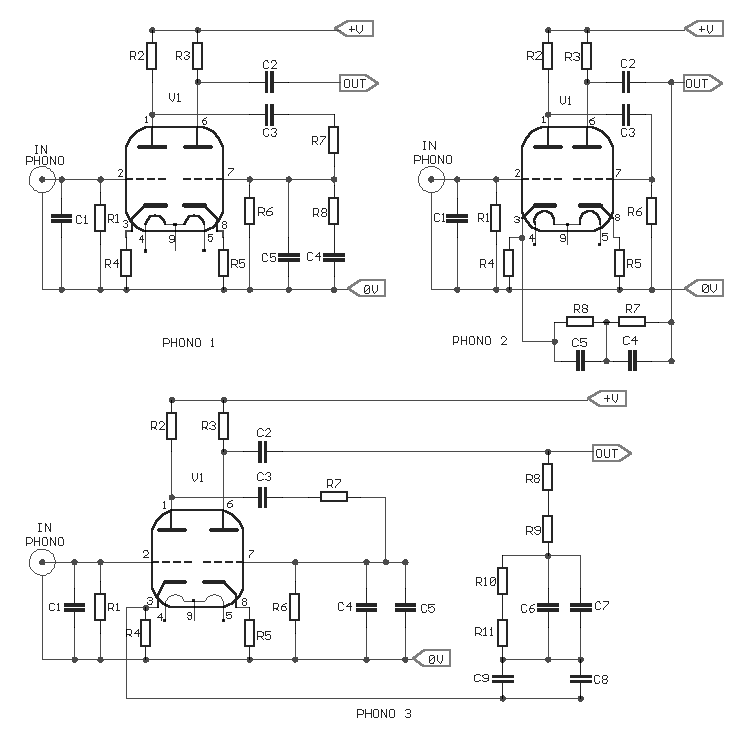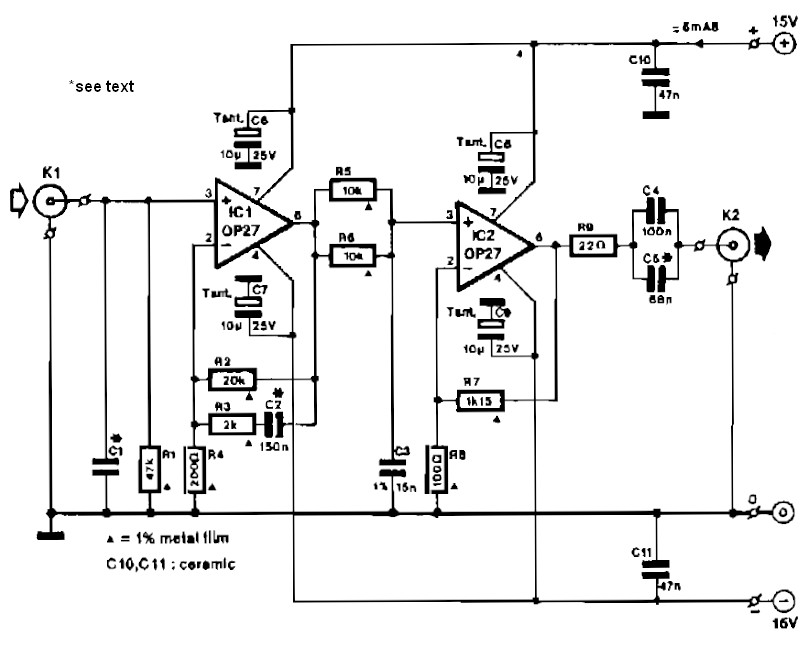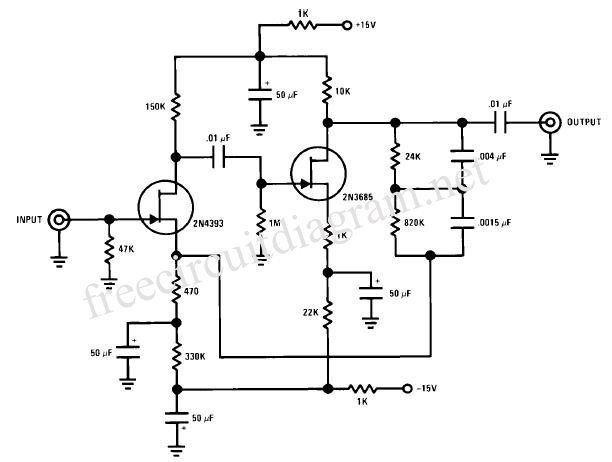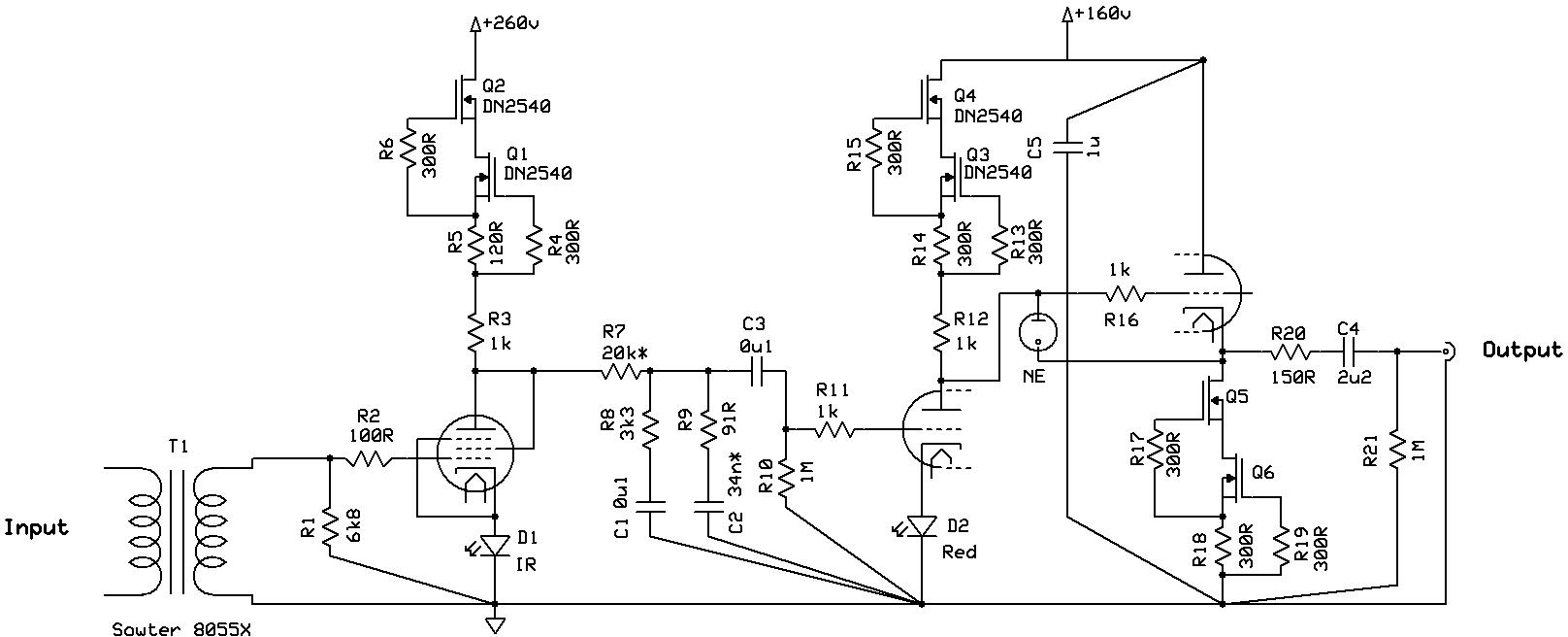
RIAA Phono Equaliser

Vinyl equalisation (EQ) has been with us in a stable and predictable form for quite a long time, but for those who are interested in the old 78 rpm records there are a great many problems to overcome. One of these is obtaining a turntable that runs at 78 rpm, and preferably has the range to cover the somewhat variable actual recording speed, which can apparently be anything from 60-odd to over 84 rpm. The next obstacle is finding a suitable stylus; again, these are hard to get, and modern ones are usually too small for the larger grooves used back then. Finally, there is the vast number of EQ "standards" that were used, ranging from no
Vinyl equalization (EQ) is a critical aspect of audio playback for vinyl records, particularly for the older 78 rpm records that predate modern recording standards. The challenges associated with 78 rpm records necessitate a specialized approach to both playback hardware and the EQ curve applied during playback.
To address the issue of turntable speed, a turntable designed specifically for 78 rpm records must be utilized. These turntables should offer adjustable speed settings to accommodate the variable recording speeds commonly found in 78 rpm records, which can range from approximately 60 to over 84 rpm. This variability is due to the manufacturing processes and recording techniques used during the era when these records were produced.
In addition to the turntable, the stylus or needle used for playback is another critical component. The stylus must be compatible with the wider grooves of 78 rpm records. Modern styli are often too narrow and may not effectively track the larger grooves, leading to poor audio fidelity or even damage to the records. Therefore, sourcing a suitable stylus that matches the specifications of the original recordings is essential for optimal playback performance.
Furthermore, the equalization standards for 78 rpm records are not uniform. Various EQ curves were employed by different record labels and during different time periods, leading to a multitude of EQ "standards". This inconsistency necessitates a flexible EQ circuit that can be adjusted according to the specific requirements of the record being played. A well-designed EQ circuit will allow for adjustments in the bass, midrange, and treble frequencies to accurately reproduce the sound as intended by the original recording.
In summary, the playback of 78 rpm records involves careful consideration of the turntable speed, stylus compatibility, and equalization standards. Each of these factors plays a crucial role in preserving the audio quality and integrity of historical recordings.Vinyl equalisation (EQ) has been with us in a stable and predictable form for quite a long time, but for those who are interested in the old 78 rpm records there are a great many problems to overcome. One of these is obtaining a turntable that runs at 78 rpm, and preferably has the range to cover the somewhat variable actual recording speed, which can apparently be anything from 60-odd to over 84 rpm.
The next obstacle is finding a suitable stylus again, these are hard to get, and modern ones are usually too small for the larger grooves used back then Finally, there is the vast number of EQ "standards" that were used, ranging from no 🔗 External reference
Vinyl equalization (EQ) is a critical aspect of audio playback for vinyl records, particularly for the older 78 rpm records that predate modern recording standards. The challenges associated with 78 rpm records necessitate a specialized approach to both playback hardware and the EQ curve applied during playback.
To address the issue of turntable speed, a turntable designed specifically for 78 rpm records must be utilized. These turntables should offer adjustable speed settings to accommodate the variable recording speeds commonly found in 78 rpm records, which can range from approximately 60 to over 84 rpm. This variability is due to the manufacturing processes and recording techniques used during the era when these records were produced.
In addition to the turntable, the stylus or needle used for playback is another critical component. The stylus must be compatible with the wider grooves of 78 rpm records. Modern styli are often too narrow and may not effectively track the larger grooves, leading to poor audio fidelity or even damage to the records. Therefore, sourcing a suitable stylus that matches the specifications of the original recordings is essential for optimal playback performance.
Furthermore, the equalization standards for 78 rpm records are not uniform. Various EQ curves were employed by different record labels and during different time periods, leading to a multitude of EQ "standards". This inconsistency necessitates a flexible EQ circuit that can be adjusted according to the specific requirements of the record being played. A well-designed EQ circuit will allow for adjustments in the bass, midrange, and treble frequencies to accurately reproduce the sound as intended by the original recording.
In summary, the playback of 78 rpm records involves careful consideration of the turntable speed, stylus compatibility, and equalization standards. Each of these factors plays a crucial role in preserving the audio quality and integrity of historical recordings.Vinyl equalisation (EQ) has been with us in a stable and predictable form for quite a long time, but for those who are interested in the old 78 rpm records there are a great many problems to overcome. One of these is obtaining a turntable that runs at 78 rpm, and preferably has the range to cover the somewhat variable actual recording speed, which can apparently be anything from 60-odd to over 84 rpm.
The next obstacle is finding a suitable stylus again, these are hard to get, and modern ones are usually too small for the larger grooves used back then Finally, there is the vast number of EQ "standards" that were used, ranging from no 🔗 External reference





